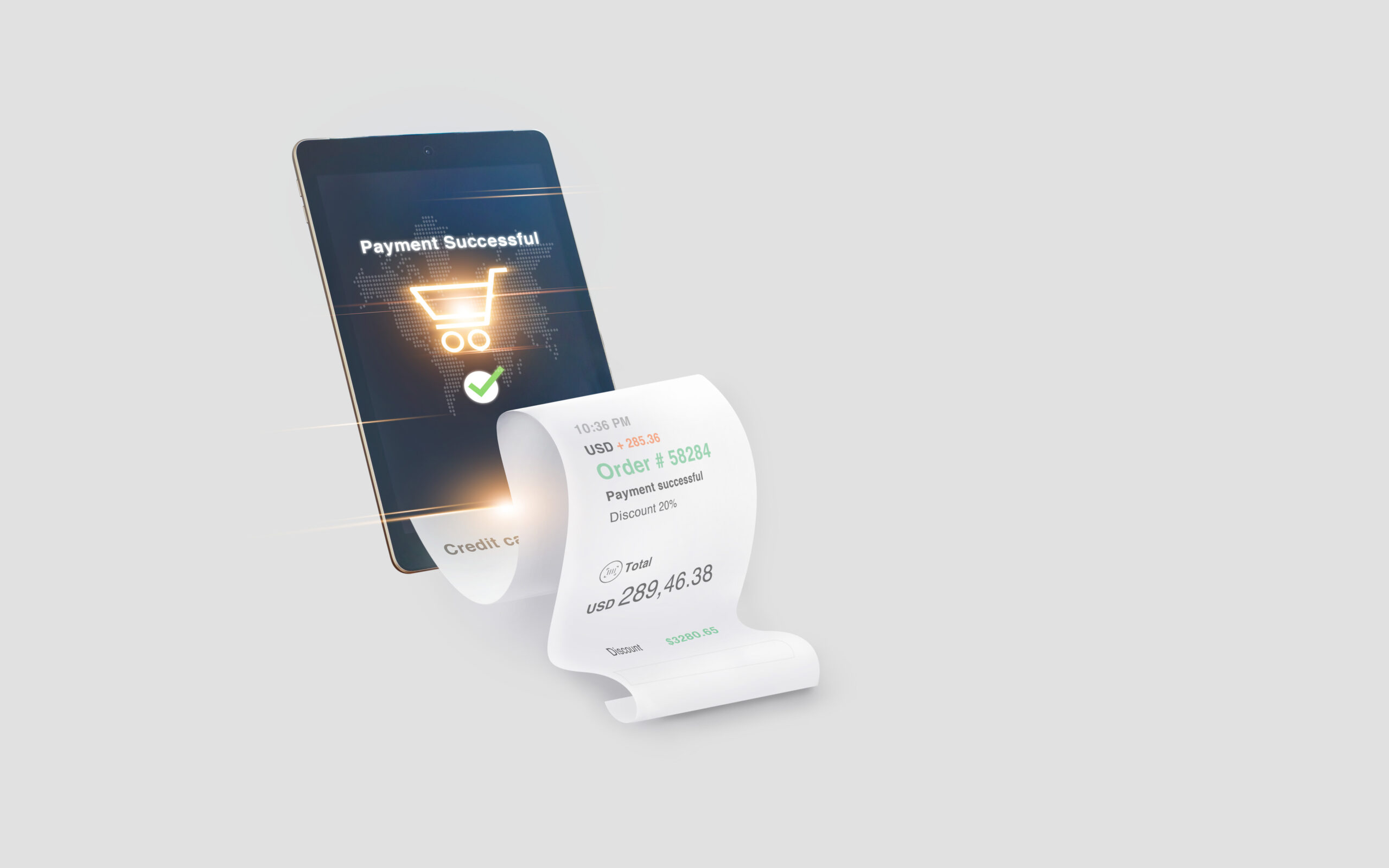Open banking is a financial services transformation driven by technology that provides consumers and businesses with more control, transparency, and choice in managing their money. Open banking connects banks’ data and services with third-party vendors or providers, such as application, which facilitates financial data exchange by using APIs . This advances innovation and competition in the open banking ecosystem.
What is Open Banking?
Open banking is a system, wherein the bank opens its API to third-party developers for them to write applications and services around the financial institution. Technical mechanisms built around open banking give consumers an opportunity to use and compare services, which is crucial in managing money.
The Benefits of Open Banking
Enhanced Consumer Control and Transparency
Open banking puts consumers in control of their financial data. They can choose which services can access their information, ensuring greater transparency and control over how their data is used.
Increased Competition and Innovation
By opening up the banking ecosystem to third-party developers, open banking lowers the barriers to entry for new players, fostering innovation and competition. This can lead to better customer services, lower costs, and more innovative financial products.
Improved Financial Management Tools
Consumers benefit from personalized financial management tools that can help them budget, invest, and save. Apps can provide insights into spending habits, suggest savings goals, and even recommend switching to cheaper services.
Easier Access to Credit
Open banking can streamline the credit application process. Lenders can access a potential borrower’s financial data instantly and securely, enabling quicker and more accurate lending decisions.
How Open Banking Works
Open banking uses APIs that financial institutions provide to third-party developers. These APIs serve as the conduit through which data is securely exchanged. Here’s a simple breakdown:
- Authorization: Consumers authorize third-party providers to access their financial data.
- Data Sharing: The bank shares consumer data via APIs, which the third-party applications use to offer services ranging from financial advice to customized shopping experiences.
- Security Measures: Data sharing is governed by strict security protocols and regulations to protect consumer privacy and financial information.
Challenges and Considerations
- Security Concerns While open banking is built on secure APIs, the increase in data-sharing points can potentially increase the risk of data breaches and fraud. Ensuring robust security measures is paramount.
- Regulatory Compliance Different regions have varying regulations governing open banking, such as PSD2 in Europe and the Consumer Data Right in Australia. Compliance with these regulations is crucial for the implementation of open banking.
- Consumer Trust Building and maintaining consumer trust is critical. This involves clear communication about how data is used, who is using it, and what measures are in place to protect it.
Future of Open Banking
The future of open banking is promising, with potential expansions into broader financial markets and other sectors such as insurance and utilities. As technology evolves, so too will the capabilities and applications of open banking, further integrating the digital economy.
Conclusion
At its core, open banking is not simply a regulatory and technological phenomenon, but a move towards more transparent and consumer-oriented system of financial services. As such, it will inevitably precipitate a whole range of changes into both our day-to-day relationship with money as well as into the mechanisms employed by different credit institutions. For businesses, it means the opportunity for unprecedented growth and innovation and for consumers, the long feasible level of convenience and control over their money.


